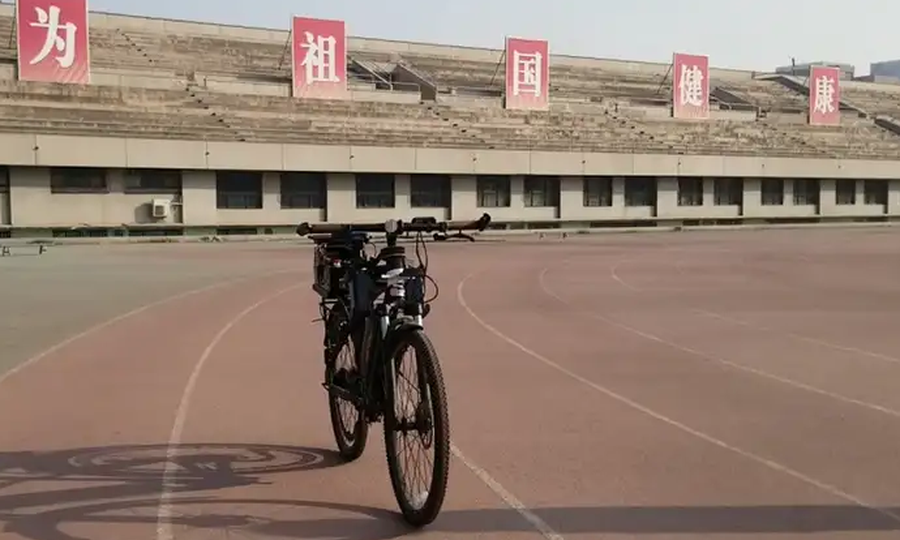Tesla and Google are currently busy in developing autonomous cars that can work without a glitch. Meanwhile, a team of scientists in China is developing a self-driving bicycle, and the results achieved so far are quite wonderful, to say the least. The autonomous bicycle is also garnering attention because of the Tianjic chip that it utilizes.
The autonomous bicycle was developed by a team of scientists at Tsinghua University in Beijing. The capabilities of the autonomous bicycle were demonstrated in a short video presentation. The bike is capable of balancing itself while also steering clear of obstacles, obeying vocal commands, and following certain trajectories.
The autonomous bicycle is capable of doing all of this because of a revolutionary kind of computer chip that carries two unique architectural approaches to computing that haven’t worked well enough up until now. Why? That is because the two systems are not capable of communicating well enough between one another. But it would appear that Chinese scientists have managed to solve these issues.
Although the autonomous bicycle is not the first of its kind, the computer chip that is powering it is most definitely the very first of its kind. The computer chip is called Tianjic and combines computer science-based machine learning with human brain-inspired networks. This enables the Tianjic to carry out multiple actions independently simultaneously. Since the chip enables easy communication between its network; it can balance the bicycle while making sure that it avoids obstacles in its path and follows verbal commands.
Chinese scientists from the Center for Brain Inspired Computing Research at Tsinghua University wrote in a paper, ‘Using just one chip; we can demonstrate the simultaneous processing of versatile algorithms and models in an unmanned bicycle system, realizing real-time object detection, tracking, voice control, obstacle avoidance, and balance control. Our study is expected to stimulate AGI development by paving the way for more generalized hardware platforms.’

